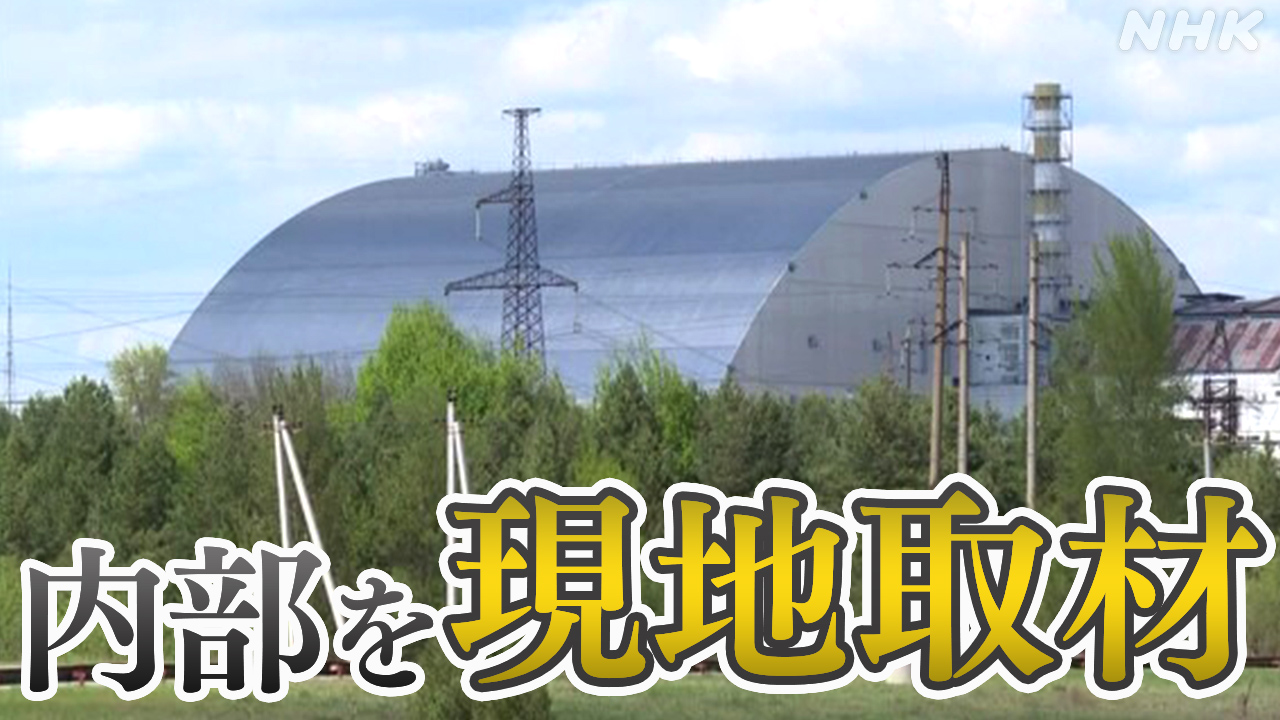Damaged Chernobyl Shelter: Assessing the Impact of the Russian Attack
The Russian invasion of Ukraine has had devastating consequences, extending far beyond the immediate conflict zones. One particularly alarming impact has been the damage inflicted on the Chernobyl Nuclear Power Plant and its protective New Safe Confinement (NSC) structure. While initial reports suggested minimal damage, a closer examination reveals concerning implications for long-term nuclear safety and environmental protection. This article will delve into the extent of the damage, the potential risks, and the ongoing efforts to secure the site.
The Chernobyl Nuclear Power Plant: A Brief History
Before exploring the recent damage, it's crucial to understand Chernobyl's significance. The 1986 Chernobyl disaster remains the worst nuclear accident in history, resulting in widespread radioactive contamination. The NSC, completed in 2019, is a massive arch-shaped structure designed to entomb the damaged reactor and prevent further radioactive leakage. Its integrity is paramount to global safety.
Assessing the Damage: Beyond Initial Reports
Initial reports following the Russian occupation minimized the damage to the Chernobyl site. However, subsequent investigations reveal a more complex reality. Reports from the International Atomic Energy Agency (IAEA) and Ukrainian authorities suggest:
- Disruption of monitoring systems: Essential monitoring equipment was damaged or disabled during the conflict, hindering the ability to accurately track radiation levels and assess potential risks. This lack of data in the initial days fueled global concerns.
- Compromised security: The occupation resulted in a significant security breach, leaving the site vulnerable to potential sabotage or accidental damage. The IAEA expressed serious concern about the safety and security of the facility under the circumstances.
- Potential impact on staff: The forced displacement of plant personnel during the occupation disrupted operations and potentially jeopardized the long-term maintenance and safety of the site. The psychological impact on the workers is also a significant concern.
- Damage to infrastructure: Beyond the immediate NSC, surrounding infrastructure vital for the plant's operation and safety experienced varying degrees of damage. This includes power lines, access roads, and communication networks.
The Long-Term Implications
The long-term implications of the damage extend beyond the immediate physical impacts. The disruption of monitoring and security raises concerns about:
- Increased risk of radioactive leakage: Although the NSC remains largely intact, the potential for accidental or deliberate damage remains a significant threat. Any breach could lead to a resurgence of radioactive contamination.
- Environmental impact: Disruptions to the ecosystem surrounding Chernobyl due to the fighting and displacement of personnel could potentially exacerbate the pre-existing environmental challenges in the area.
- International safety concerns: The incident highlights the vulnerability of nuclear facilities in conflict zones and the need for stronger international safeguards and protocols.
Ongoing Efforts and International Response
The IAEA has played a crucial role in monitoring the situation and providing technical assistance. International organizations and governments are working to support Ukraine in securing the site and restoring its operational capabilities. This includes providing essential equipment, personnel, and financial aid. The focus is on:
- Restoring monitoring capabilities: Repairing and replacing damaged monitoring equipment to ensure continuous tracking of radiation levels.
- Reinforcing security: Implementing enhanced security measures to protect the site from further damage or unauthorized access.
- Supporting Ukrainian personnel: Providing support to the plant's staff, including retraining and psychological assistance.
- Long-term monitoring and remediation: Committing to long-term monitoring and remediation efforts to address any potential future challenges.
Conclusion: A Wake-Up Call for Nuclear Safety
The damage to the Chernobyl shelter serves as a stark reminder of the vulnerability of nuclear facilities in times of conflict. The international community must prioritize the safety and security of such sites and collaborate to prevent similar incidents in the future. The ongoing efforts to secure Chernobyl are not just about mitigating immediate risks but also about safeguarding the future and learning crucial lessons for global nuclear safety. We must remain vigilant and continue to monitor the situation closely.
Keywords: Chernobyl, Chernobyl Nuclear Power Plant, New Safe Confinement, NSC, Russian invasion, Ukraine, nuclear safety, radiation, IAEA, International Atomic Energy Agency, radioactive contamination, environmental impact, security breach, conflict, nuclear accident.
